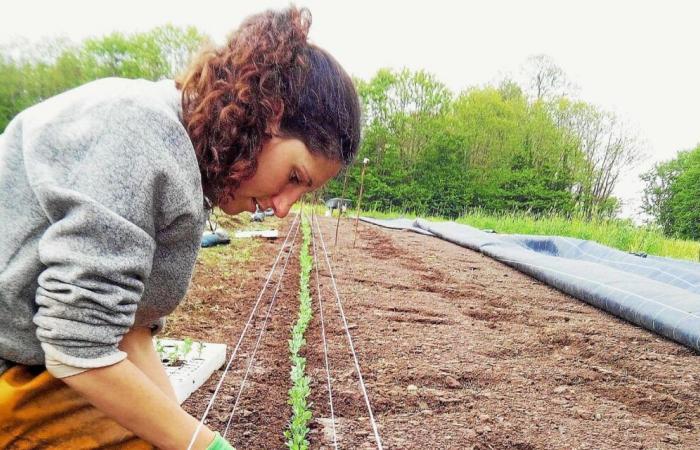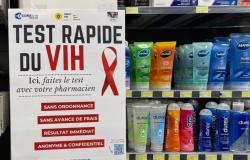
Why did you launch this study called “The unfair price of our food”, which will be presented this Wednesday, November 6, 2024 at Run Ar Puñs, in Châteaulin?
Anne Desallais-Paulet, co-president of the Center for initiatives to promote agriculture and the rural environment (Civam) in Finistère, and market gardener in Plomelin: “This is a study that was launched more than two years ago on a large scale. national. It is supported by four associations: Civam, Secours Catholique, Solidarité Paysans and the French Federation of Diabetics. In each of our fields of action, we have made several alarming observations.”
Which ones?
“There is an agricultural emergency with precariousness among farmers. In France, more than 18% of farmers live below the poverty line and have a suicide risk twice as high as in other professions. Then, there is an increase in food insecurity on the national territory. Eight million French people are “food insecure”, two million are completely dependent on food aid. Then there is the damage to health. Over the last twenty years, there has been a 160% increase in the number of diabetics, directly attributable to the way we eat. Finally, there is environmental damage. For example, in fifteen years, 30% of field birds have disappeared. For a long time, each association has tried to act at its own level. But the patches that we put on individually are no longer enough. So we sat around the table to tackle the roots of the problem together.”
How are the issues you just mentioned linked to the price of food?
“The price is what crystallizes all these problems. The causes we defend are put in competition with price. We are told that if we want enough food for the French, we will have to reconsider environmental standards, or that, if we want to pay the producer well, the product will be more expensive… But we say no . The objective is remunerative, healthy, sustainable food that is accessible to as many people as possible. We therefore called on the Le Basic design office. We asked him to detail how the food price is calculated using public figures.”
And what are the conclusions of this investigation?
“This report highlights two main figures. The first is that, in 2021, the year the report was studied, 48 billion euros will make it possible to maintain our food system as it is today. This money comes from Europe, the State, the Department, the communities… Besides that, 19 billion euros are put in each year to compensate for all the negative effects of this system. And all this aid – not just subsidies, but also a lot of tax exemptions – the 48 billion and the 19 billion, earmarked for production, processing and distribution, are in the vast majority without ecological conditionality. What we remember is that it is good news that there is so much money put into the agri-food system. This shows that if we want to change things, we can.”
Can you give us some examples of the recommendations included in this study?
“We are calling for the development of a framework law on food resulting from a democratic debate and which would be interministerial. We are also asking for help with the environmental transition by supporting agroecological farms. We propose to socialize food by creating common food funds, regulating margin rates and making them more transparent.”
Practical
Wednesday November 6, Run Ar Puñs in Châteaulin, at 7 p.m. Duration: three hours.
France





